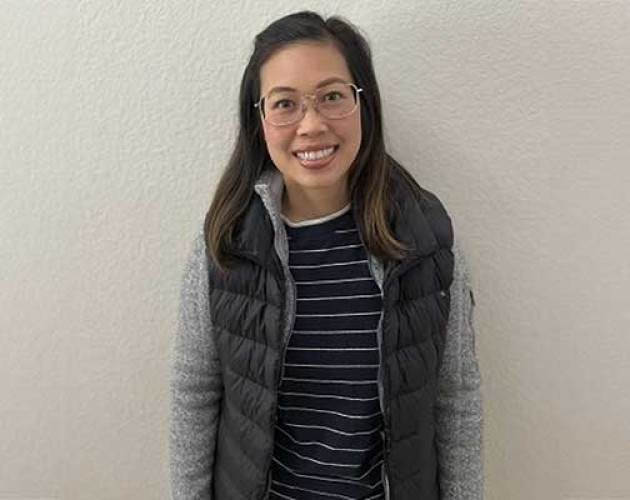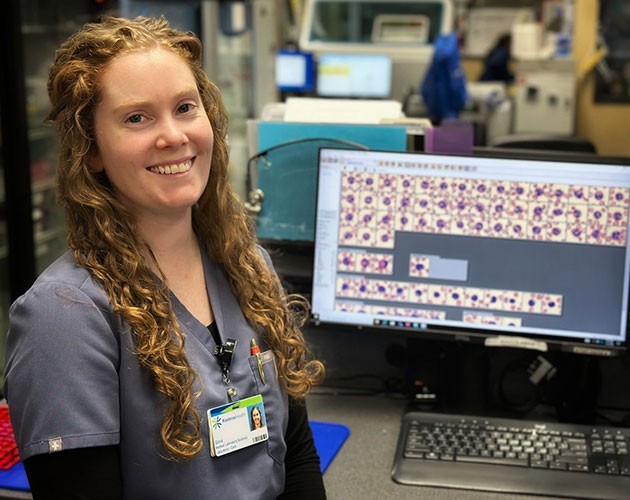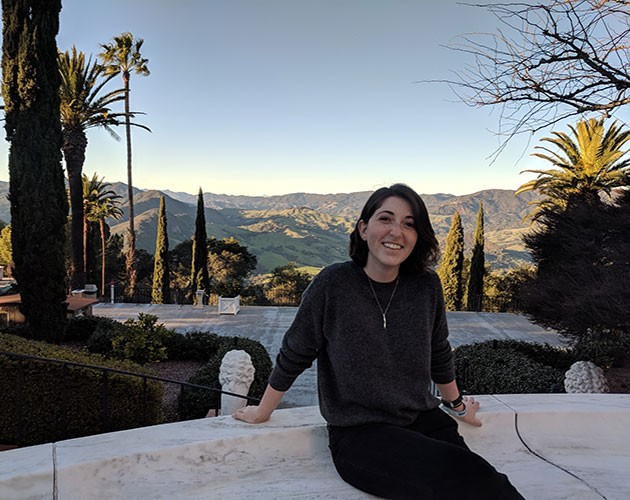Meet Your Instructor: Kashif Ahmad
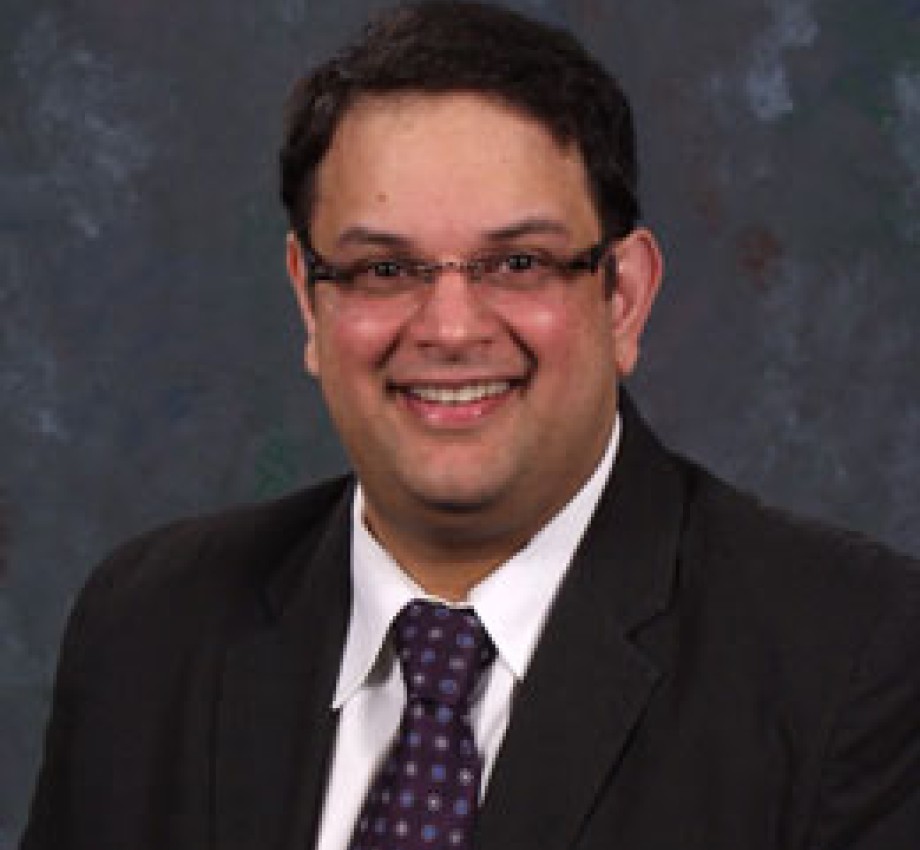
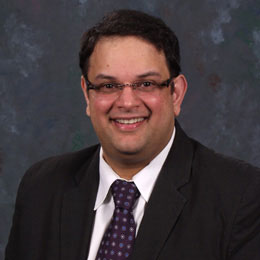
Kashif Ahmad is no stranger to teaching science courses. An instructor at UC Berkeley Extension for the past three years and at Northwestern Health Sciences University for the past eight, Ahmad has seen the online learning environment not only become more and more accepted as a means to teach anatomy and physiology to a global classroom, but also as a platform to implement new technologies to help students better understand the complex nature of his subjects.
"I thought that being an M.D. who taught pre-professional-level classes would be a great opportunity to do more critical thinking with my students online," Ahmad says. "It's flexible and new technologies allow me to better interact with my students. I can send voice notes, a media comment—this is the future."
You've been teaching for quite a while. How would you describe your teaching philosophy?
I don't lecture for too long—whether it's in class or online. I do about 15 to 20 minutes of lecture and then students have an activity: a case study, a small-group discussion or small critical-thinking sessions. My teaching style is assessment-based: What I teach, I want to assess. That's important for me as a teacher. I take student feedback constantly. I try to look at a student's schedule and be flexible with deadlines and due dates. My philosophy is to instill in students a desire to become lifelong learners and to gain critical-thinking skills.
How are your anatomy and physiology courses laid out?
The material is really chunked into modules, and each module comes with short recorded lectures, a small quiz and a worksheet. And then there is a case study that goes with each module to show students' critical-thinking skills on that topic. I make sure that the student knows the topic really well. As a medical doctor, they will have questions about how does this relate to something in real life. I'm able to give them those real-world answers.
How do you promote student engagement with the course material—especially in an online environment?
UC Berkeley Extension students are very self-motivated, and the case studies make them very excited. They start digging deeply into the material and they interact with their classmates by posting in the discussion forums. Some also bring in their personal experiences to the forums.
If you can develop those diagnostic skills, you can go above and beyond with your patients.
Why is teaching science courses so important to you?
Our students who want to go into the health professions possess some form of altruism. They want to become doctors, nurses, physical therapists, et cetera. The foundation of their becoming a health professional is diagnosis; that's what excites me. If you can develop those skills—how to think and develop a diagnosis—you can go above and beyond with your patients. I incorporate that into my teaching right from the start rather than just memorizing the material. When I see students think critically, that satisfies me as a teacher.
You also continue to pen scholarly works. What have you worked on recently?
The area that I work on is cancer cell development, and I'm interested in how antioxidants and natural compounds work on cancer cells. I have a small collaboration with a professor at the Northwestern University of Health and we're doing some research on Chinese herbs and how they will work on cancer cells.
Where can we find you outside of the classroom?
I'm a big movie buff; my favorite genre is suspense and drama. I love biopics. I also enjoy bringing sciences to my community. I have been the curriculum coordinator for the Summer Science Academy, which brought in kids in grades 7 through 12 to spend a science-learning week on campus.
SELECT AHMAD RESEARCH
- "The Chinese herbs Scutellaria baicalensis and Fritillaria cirrhosa target NFkB to inhibit proliferation of ovarian and endometrial cancer cells."
- "The Chinese herbs Chuan Bei Mu and Huang Qin can produce dose dependent biphasic response in endometrial cancer cells."
- "Systemic administration of antisense oligonucleotides CK2a and a’ subunits reduces orthotopic xenograft prostate tumors in mice."
- "Casein Kinase II: An attractive target for anti-cancer drug design."
